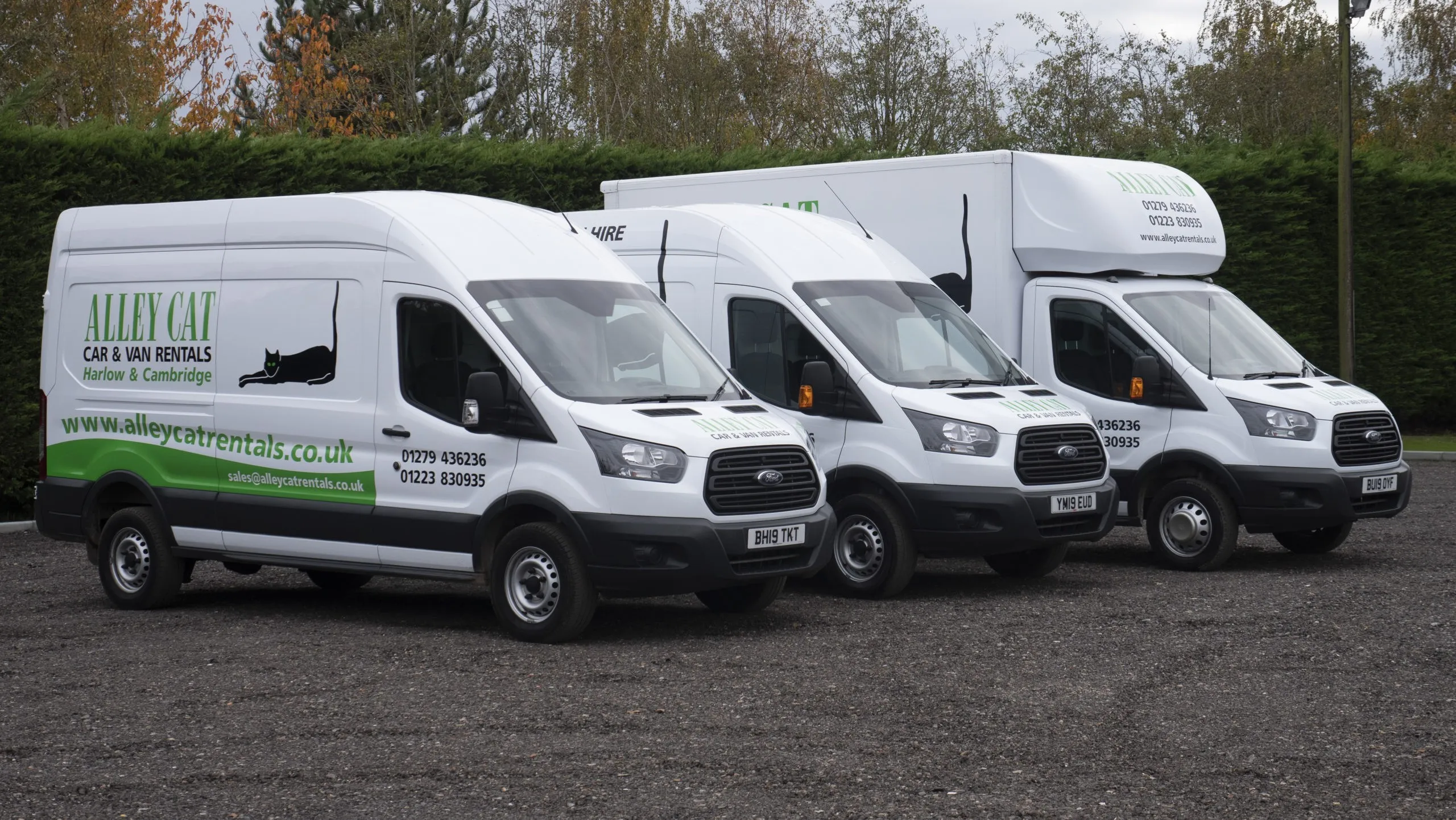Anyone who has felt lower back pain is aware of how painful this condition can be. Back pain in the lower back can be caused by a myriad of various causes, ranging from injuries to rheumatic illnesses. However, regardless of the reason for it, discomfort in the lower back area can make it difficult to do your normal routines and to enjoy your life.
Back pain in the lower back is a frequent complaint among adults. The nagging symptom is believed to affect around 80 percent of people at the time of their lives and is the leading cause of disability due to job.
Fortunately, the majority of lower back pain problems are able to be completely resolved through time and appropriate treatment. There are also some prevention strategies that can reduce the likelihood of back pain coming to recur in the coming years.
The anatomy of lower back
The spinal lumbar vertebrae is a complicated structure made up of a variety of vertebrae, discs intervertebral ligaments, joints and nerves that collaborate to carry out different movements without pain and with ease. 5 vertebrae comprise the spine of the lumbar region are among the most powerful and largest vertebrae that can move.
The lower back of your body is the region that runs from your lower rib to the upper portion of your buttocks. The vertebral column, or spine, has an inward curvature that is normal known as the lordosis. This lordosis has a variety of functions that include:
Equally dispersing the weight evenly from the upper part of your body down to your lower extremities
- The reduction of stress and the impact on your spine
- Assisting in balancing the weight of your head and spine
- This allows for an efficient gait due to the distribution of weight
Strains and strains
Strains of ligaments and muscle strains are the most frequently cited cause of backacheand, fortunately for everyone they tend to improve, and rarely cause persistent pain. Strains and strains are triggered when tendons, muscles, and ligaments get stretched to their limits and suffer microtears or partial tears in the process.
Strains and strains can manifest as injuries that are acute or they may be developed over a long time. Different types of movements can result in these kinds of injuries, for example:
- The lifting of a heavy object with a technique that isn’t appropriate
- Involving in poor posture over long periods of time
- Your lower back abruptly
The symptoms caused by the injuries usually get better on their own after between 10 and 14 days. However, they may cause severe or moderate discomfort at first.
Disc injuries
The chronic pain that is felt in the lower back could result from disc issues. A disc called the intervertebral or spinal is a form of an outer fibrous band, or annulus fibrosus, and an inner center, known as Nucleus Pulposus. These discs are found between each vertebra and they assist in absorbing the impact of a collision while also allowing the movement of the spine.
Conditions that can impact the lumbar discs, for example, herniated discs as well as degenerative disc disease.
If you are suffering from a disc herniation in your spine the soft nucleus of pulposus could protrude from the annulus fibrous. This can lead to irritation, nerve compression and nerve pain.
Degenerative disc diseases can develop when we get older and our discs at the spinal level get damaged due to the effects of wear and tear to our bodies. Degenerative disc disease may cause or worsen the severity of other spinal disorders like spine stenosis, herniated discs osteoarthritis of the spine Spondylolisthesis, as well as scoliosis.
Sciatics
Sciatica can be a intricate issue that is triggered by nerve pressure on the nerve or irritation of the sciatic nerve. Sciatica results in an intense pain or a sensation similar to a shock that radiates through one leg along the nerve’s path. A herniated disc is the cause of 90% of cases of sciatica. the majority of cases will end up being resolved after 12 weeks.
Lower back discomfort
The pain of the lower back is one of the most common problems. For the majority of us, healing occurs by sustaining normal routines and stretching the affected region. The treatment for lower back pain may differ dependent on the cause of it.
It is essential to see your GP to receive an accurate and prompt diagnosis of the lower back discomfort. The doctor will take notes on your medical history, carry out an examination of your body and request any pertinent tests to identify the root of your back pain.
Non steroidal anti inflammatory medications are a great option to treat acute pain.These medications can also be prescribed for those suffering with muscle spasms. If the pain is intense, stronger medication such as opioids might be thought of as.
The conditions like a herniated disc in the lumbar region, spondylolisthesis and spinal stenosis could necessitate surgical treatment. In this situation your doctor will select the appropriate procedure according to your diagnosis and general health status.
Physical therapy could be suggested for a variety of causes of lower back discomfort. If your posture or repetitive motion is the cause of your injury, it might be beneficial to see an physiotherapist to address the issues. Therapy can aid in regaining the strength you have, increase your muscle mass, expand your range of motion and help you recover from surgery. In some instances the use of a back brace may help reduce pain, particularly following surgery.
Core Strengthening
A strong core muscle can help to improve spinal stability over the long term, which helps prevent back injuries. Training your abdominal muscles will aid in preventing re-injury to the lower back.








